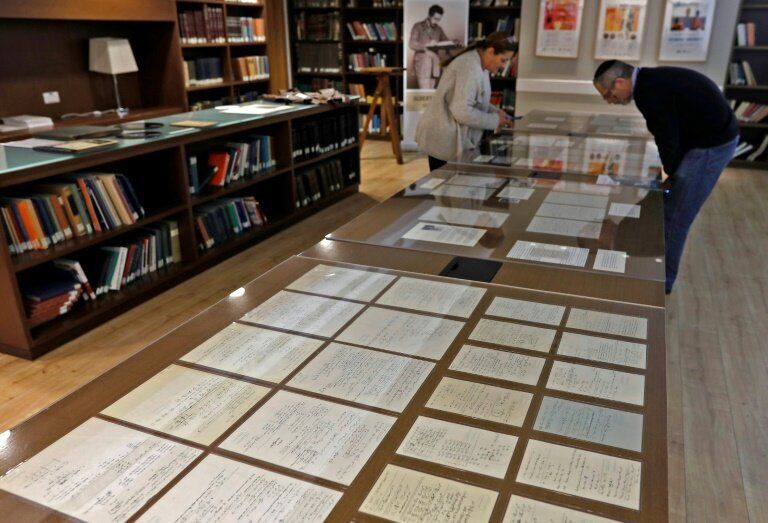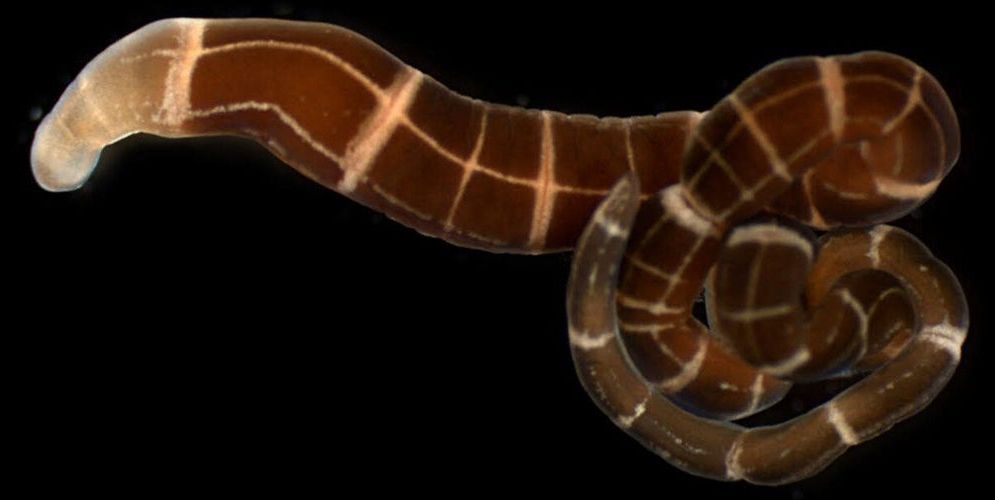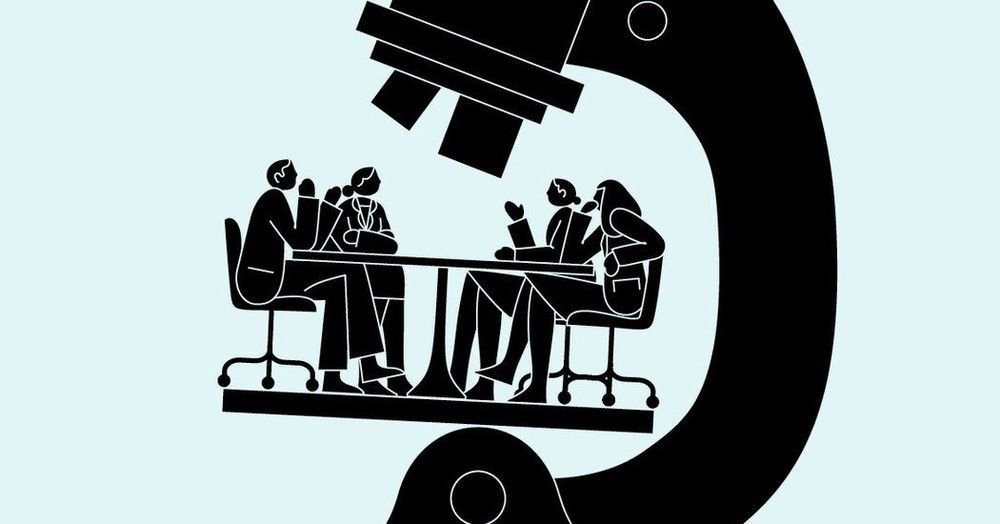Going forward into our exponential future…
“By our very nature, we humans are linear thinkers. We evolved to estimate a distance from the predator or to the prey, and advanced mathematics is only a recent evolutionary addition. This is why it’s so difficult even for a modern man to grasp the power of exponentials. 40 steps in linear progression is just 40 steps away; 40 steps in exponential progression is a cool trillion (with a T) – it will take you 3 times from Earth to the Sun and back to Earth.” –Alex M. Vikoulov, The Syntellect Hypothesis: Five Paradigms of the Mind’s Evolution.
Today is a special day for me. My AI assistant Ava scheduled few hours aside from my otherwise busy daily lineup to relive select childhood and adolescence memories recreated in virtual reality with a help of a newly developed AI technique ‘Re: Live’. Ava is my smart home assistant, too. I can rearrange furniture in any room, for example, just by thinking. Digital landscape wallpaper is changed by Ava by knowing my preferences and sensing my moods.
I still like to sleep in an old-fashioned natural way from time to time, even though it’s now optional with accelerated sleep simulation and other sleep bypassing technologies. So, when I opt to sleep, I like falling asleep and waking up on a virtual cloud projected directly to my consciousness, as most VR experiences are streamed via optogenetics.
Read more








